
On Tuesday The 19th of March half past two Werner de Gier defended his PhD thesis titled: 'Ecomorphological aspects in the evolution of endosymbiotic crustaceans’, in the academy building in Groningen. For his PhD research at Naturalis and the university of Leiden he researched the ecology and morphology of symbiotic crustaceans species in an evolutionary context. Werner is very proud, he was able to develop his own taxonomic expertise as well as the research field of his supervisor. During his study he delved into the host interaction of both shrimps and pea crabs. “I am really proud of the fact that I was able to create my field of study here at Naturalis.”
Fascination forLittle critters
From a small age Werner was obsessed with nature; this fascination was then already and is still on the very small animals. During his trips to Egypt and Tunisia, he gathered every critter that was washed up, that crawled through shrubs and that was attracted by lights at night like cockroaches.
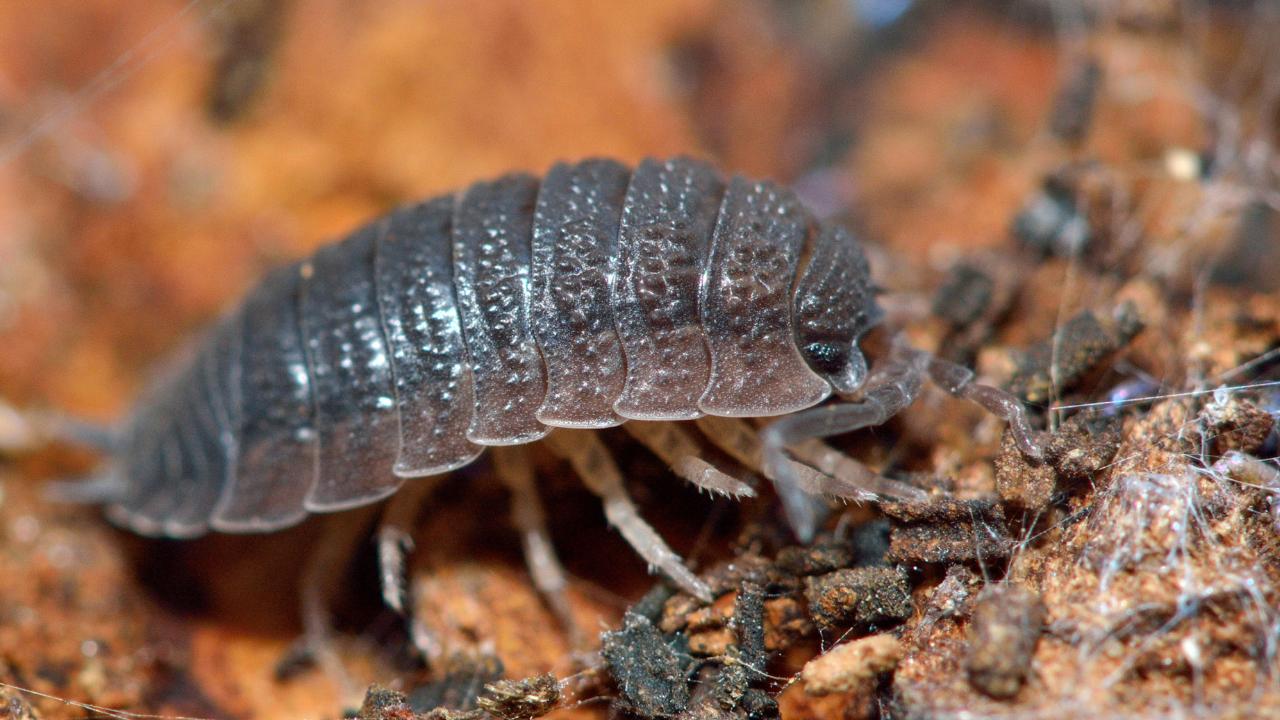
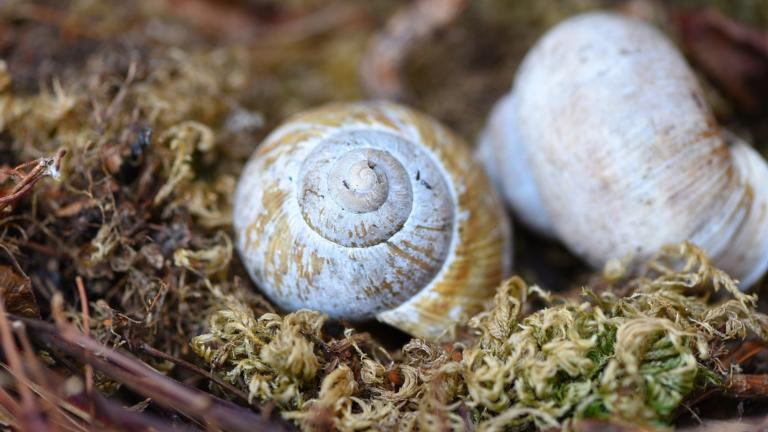
The road tocrustaceans
This interest in his own field of study, came up later during his bachelor studies. In his first year he followed a course from Michiel Hooykaas called ‘Biodiversity Animal’ which was about invertebrates and it required much drawing work. Werner enjoyed this so much, he wanted to use this during his internship that was coming up in his third year. Scientific drawing is mostly used in the field of taxonomy of the crustaceans, with this in the back of his mind Werner knew he had to look for a so-called “carcinologist” (a crustacean expert).
His interest in both nature historic collections, as well as his drawing work led him in 2016 to Charlers Fransen, Shrimp expert at Naturalis. His first internship thesis about the so-called “Hobbit shrimp” (Odontonia bagginsi), was published by Charles and Werner in 2018. This collaboration led to a master internship, and afterward even an PhD. “When I found out, I could combine both the natural historical aspect as well as drawing work with one of the experts, I knew I wanted to describe species here forever.”
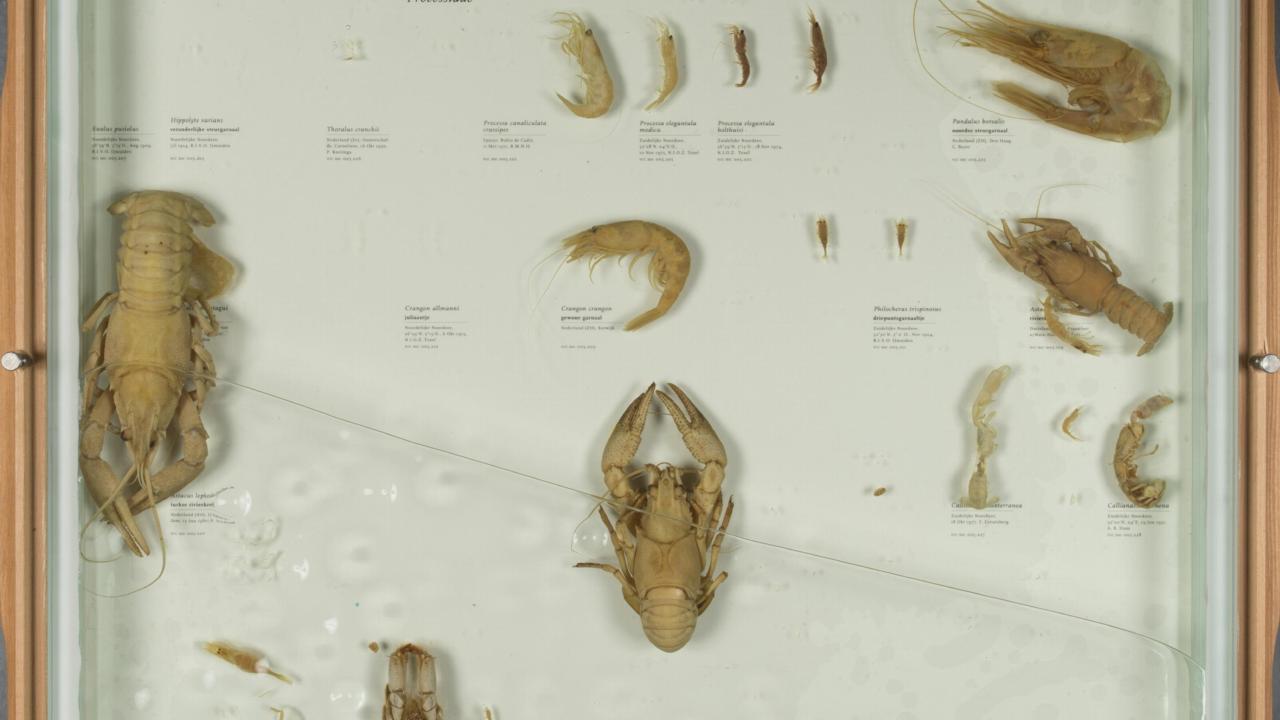
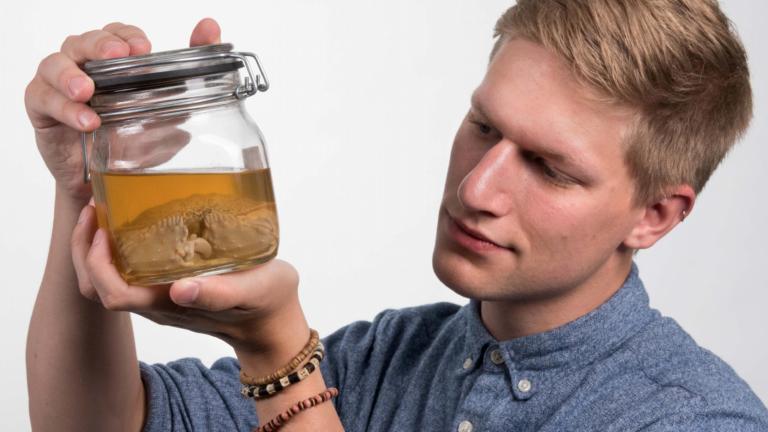
Research on Shrimps and crabs
Werner studied two groups of crustaceans, the pea crabs and the commensal shrimps. The two groups of commensal shrimps he has studied are both endosymbiotic, that means they live in other reef-dwelling animal species. In most cases these are the sea squirts (a bag shaped animal with tho entrances) or bivalves (oysters, mussels and other shellfish). The pea crabs mostly live parasitically in bivalves.
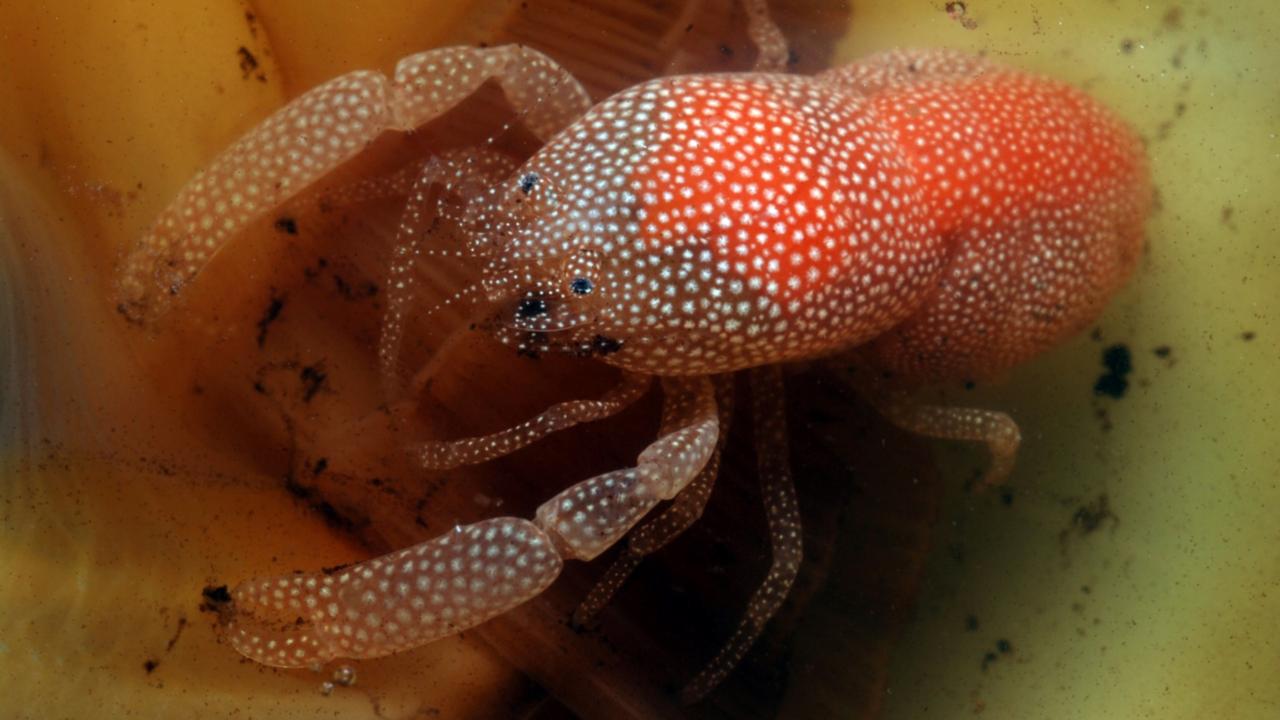
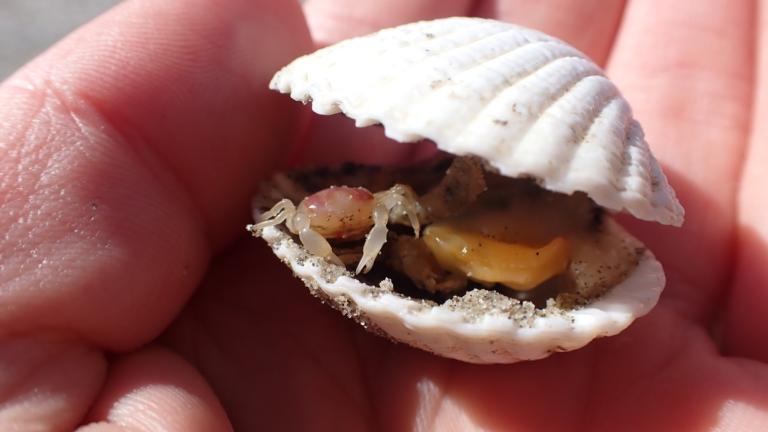
New approachfor crustaceans
In his promotion research Werner described a new approach within the taxonomy and evolutionary research on crustaceans. In this approach ecology (in this case choice of host), evolutionary history and morphology (the shape of an animal) linked with each other.
To study the morphology of an animal, he used a method called Morphometric. This is a method in which morphological traits are expressed in data that can be analyzed by statistical programs. Based on that we can see which species look more like each other, and which (ecological) factors influence the shapes of the body.
Werner's research resulted in a so-called “phylomorphospaces”. These are figures that combine the shapes of the animals with the evolutionary history (family tree). From these graphs it is possible to read how animals change from shape through evolution. These figures also show how two animals from different descendants still can have the same morphology. This information is very important in the research of factors that play a role in the evolution of the shape of a body. In this case the study on how an endosymbiotic lifestyle affects the shape of shrimps and crabs.
The work of Werner is a new step in the research of crustaceans. “I’m sure this will be the new standard, especially for collections research.”

Fundamental research for nature conservation
Although his research is ofcourse seen as fundamental, hopefully this can also contribute to conservation biology. Ecological and evolutionary research like this one can be used to assess how animals might react to an ever changing ocean. Describing the ecological interaction of animals is also important, because you can only protect nature if you know what lives in it and what these interactions look like. It is very important to Werner to point out this link between fundamental research and applied research. “I am an advocate for fundamental research, it is the building blocks for conservation biology. This is something that is often overlooked”
Chances for science communication
Werner enjoyed his work at Naturalis. His time here offered him chances to develop his own science communication skill, especially because of the link with the visitors of the museum. He could often present his own work in the museum, or help with an educational program. There he could, with the supervision of the teams of communication and education, see how he inspires the museum visitors and especially inspires the new younger generation.
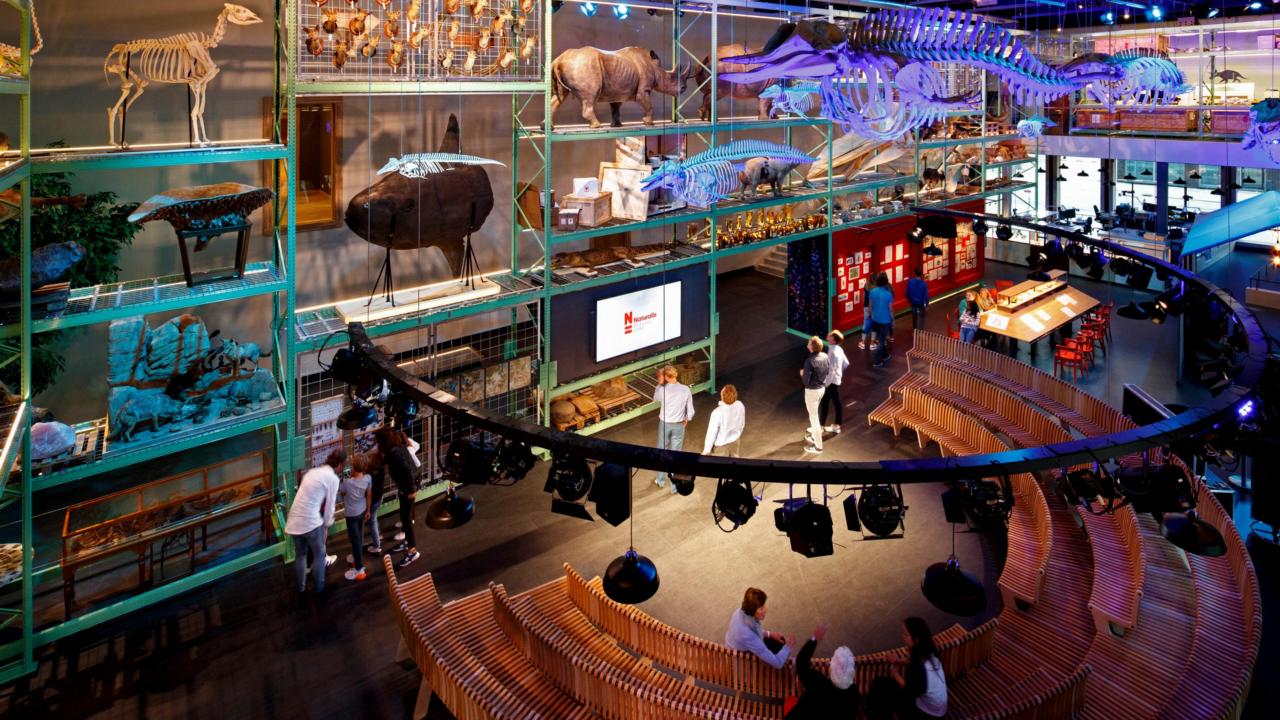
Organizing a pride event
Outside of presenting his own work, Werner is mostly proud of the Pride event he helped organize here at Naturalis. He finds it important to show that queer scientists exist, and took “Pride in Naturalis” as a chance to show it. During Corona he even presented a Tiktok live stream event, in which he presented different animals in the collection that show “queer” behavior. If he wasn’t stopped he could go on for 3 hours on this topic. “I’m very happy that I could help with this event, and that we could show that we are here. It is not weird in the animal kingdom and especially not with humans, nothing is unnatural about this.”
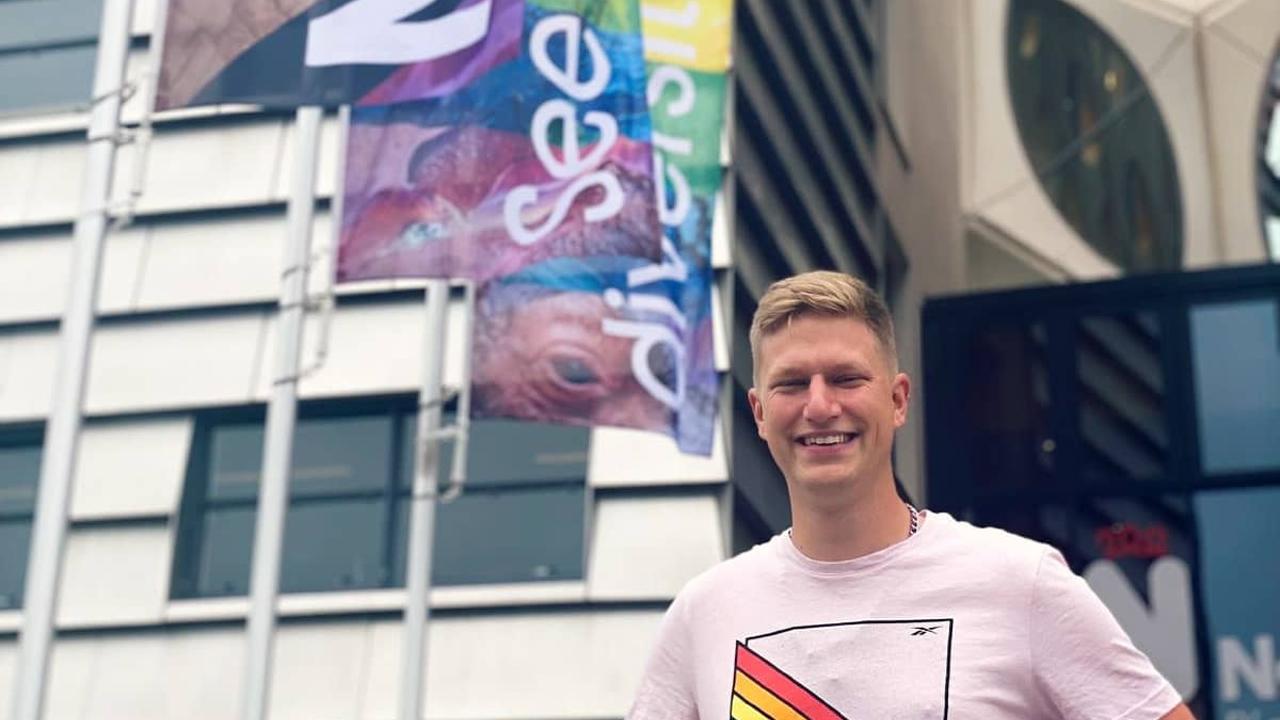
Inspiring students
Lastly Werner wants to emphasize how important the role of a scientist is for students. You can already inspire students during lectures and practical lab work, but mostly as an internship supervisor. He thinks it is important to take interns with you as a full-fledged colleague “I think as a scientist your legacy is not only based on the amount of cites and publications, but is precisely the students that you could inspire, and that will remember you that matter.”